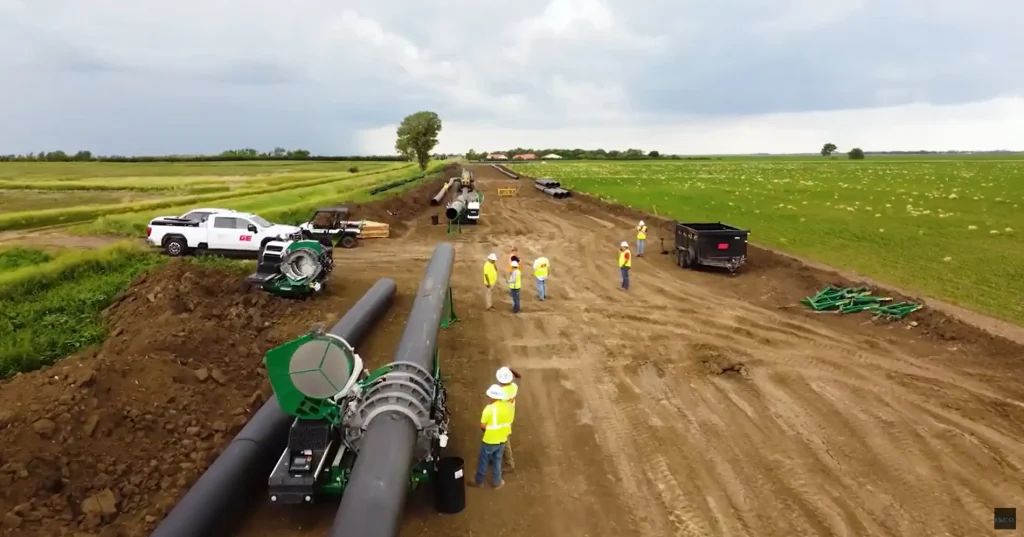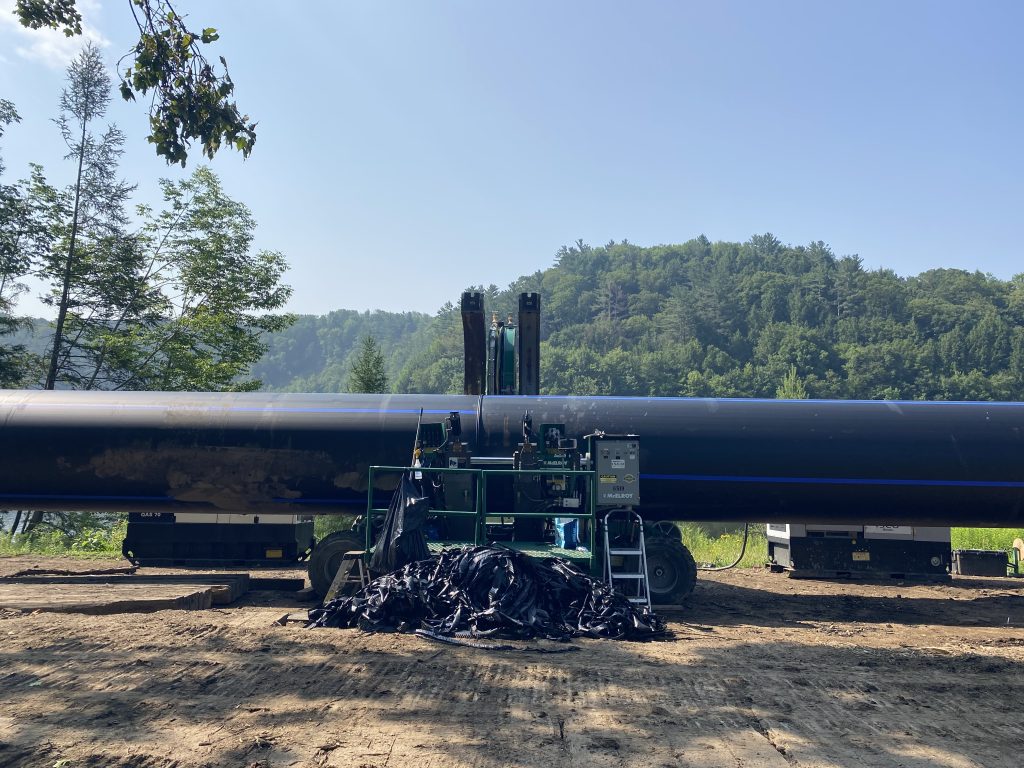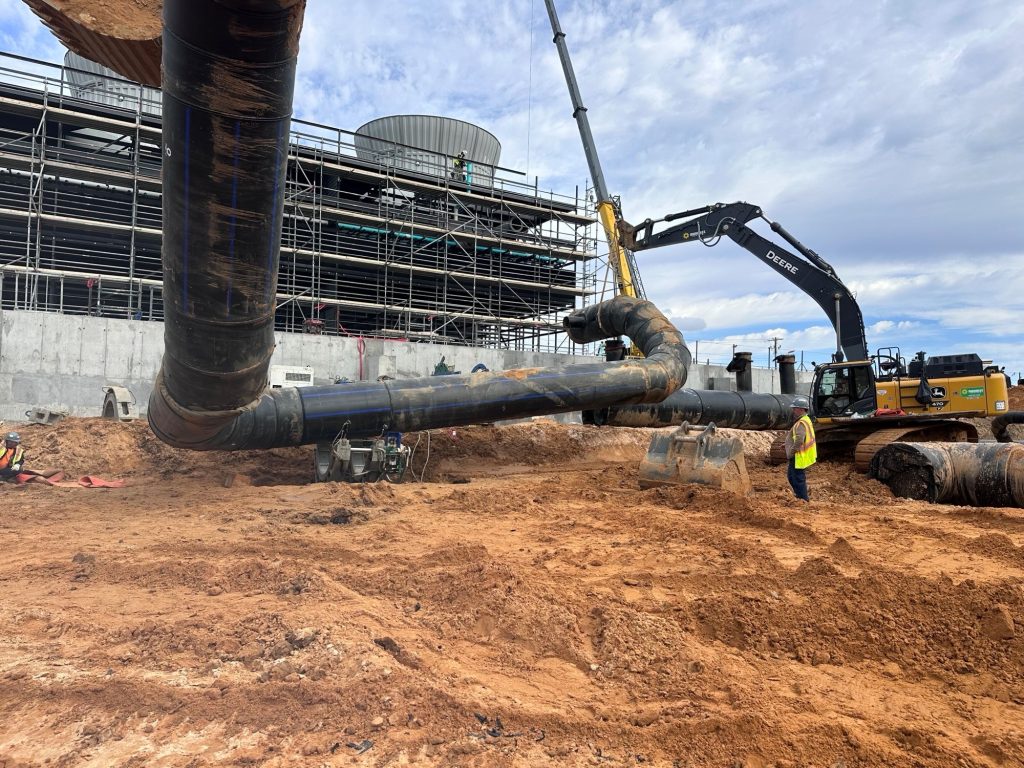Resources
Field Reports
Culvert Replacement in Winter Conditions
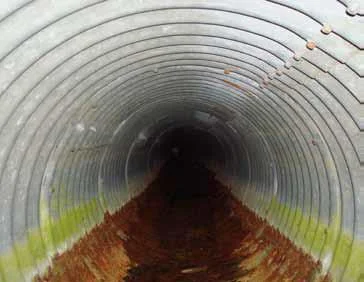
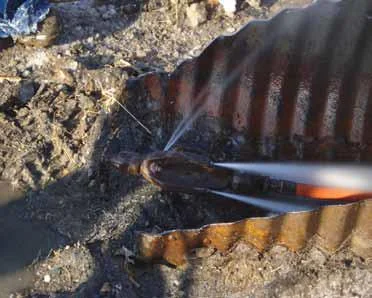
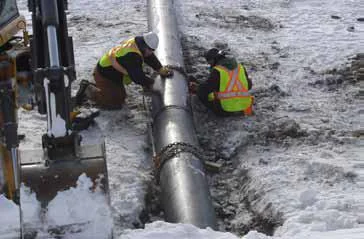
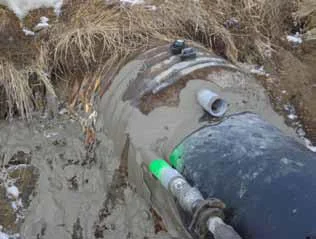
Our purpose is to offer reliable and cost-effective solutions that fit the application. All information is intended to reduce cost and minimize future maintenance expenses. The solutions contained in this Field Report are in use today with a proven track record of installation and function.
Introduction
The Province of Saskatchewan Ministry of Highways and Infrastructure has several culverts in their highway inventory, a large number of which are failing as they are past their design life. The Ministry explored cost-effective ways to rehabilitate these culverts, instead of using traditional dig and replace methods, and hammering and jacking of steel liners.
The Problem
Saskatchewan has a relatively short spring and summer. Spring is wet and short with high levels of runoff. Summer can have wet conditions, specifically around culverts. The fall is arid so most culvert inspections occur at that time. However, when a culvert that is inspected in the fall is considered at risk of failure, repair or rehabilitation cannot wait until summer or next fall and has to be completed in winter.
Conventional methods of excavating and reinstalling culverts are not possible in the winter. For these reasons, the Ministry needed to find a method of relining culverts in the winter before the spring thaw. For this project, there were three failing 24-inch culverts that needed to be relined. Each culvert was 135 feet long.
The Solution Applied
PSI Technologies, a distributor of Snap-Tite culvert lining pipe, with assistance from Snap-Tite representative Mark Theetge, introduced the Ministry to the Snap-Tite approach of relining culverts. Brian Taylor, vice president of business development at PSI Technologies, secured the local demonstration project that involved relining the three aforementioned failing culverts.
The Snap-Tite solution involved relining the 24-inch culverts with 20-inch high-density polyethylene (HDPE) Snap-Tite pipe. Snap-Tite’s unique “snap” joint does not require a butt fusion process to join the pipe, increasing the speed and ease of installation. As each Snap-Tite pipe length is slid into place, the male end is connected to the female end of the preceding pipe section. The pipe, once slid inside of the old culvert, is then grouted into place. The Snap-Tite joint also features a water tight gasket to withstand the grouting application.
The Snap-Tite HDPE pipe proved to be an ideal solution for the Western Canadian climatic conditions. The lining project was completed in February 2010.
“The customer is very happy with the overall installation and project results,” said Taylor. “The Saskatchewan Ministry of Highways and Infrastructure wants to reline additional culverts this summer.”
Not only was the Snap-Tite solution 65 percent less expensive than traditional dig and replace methods, it was also installed in the winter, which is not possible using traditional methods.
